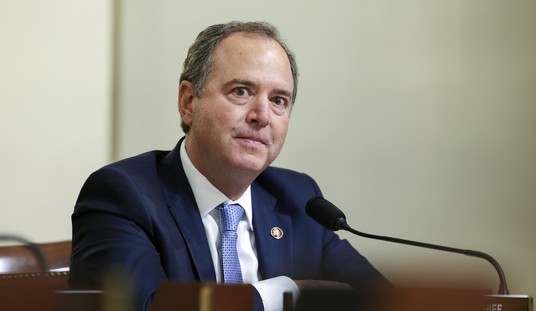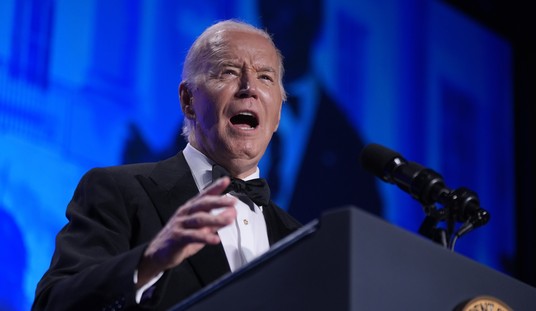In his recent $6 trillion budget proposal, President Biden called for increasing government health care spending by 23%. Though well-intended, his budget outlines the wrong way to reform health care: It funnels more spending into inefficient bureaucracies, without fixing the root problems in the health care system.
Instead, policymakers should look to promising reforms focused on modernizing outdated rules and bureaucracies to reduce health costs. This is especially urgent today as America is running a record $2 trillion budget deficit and 78% of Americans are concerned about inflation—which is primarily driven by the rise in government spending.
Since 2000, government health spending has soared by nearly 250%. In recent years, America’s government health spending per person was higher than all but four countries. Still, serious problems, which cannot be solved with money alone, persist.
The problem is more health care spending often fails to improve results because it is pushed into bureaucracies already struggling to perform unrealistic and ever-expanding missions. Consider the challenges facing Medicaid, which was established to provide health insurance for people in poverty. Today, however, Medicaid covers 80 million Americans, many of whom live well-above the poverty line. America spends $614 billion annually on Medicaid—not far from the $719 billion spent on defense.
The Biden budget proposes enrolling 2.2 million more childless, working-age adults in Medicaid—most of whom are eligible for private sector coverage.
Recommended
But Medicaid is already strained. 25% of Medicaid funds are spent improperly, largely due to administrative errors, such as accidentally enrolling individuals who do not qualify. Health outcomes for enrollees are also bleak. To control costs, Medicaid reimburses health care providers 40% less than private insurance, making it difficult for enrollees to access care, since one-third of providers don’t accept it. With poor access, studies find Medicaid does little to improve health.
Simply spending more on Medicaid in its present form is not a solution. The program is among the largest expenses in most state budgets, and if trends continue, it risks crowding out other public investments, such as education or public safety, or leaving fewer resources for people truly in need.
The Biden budget does offer a proposal to rein in health care prices, but here, too, the approach falls short. The budget calls for offsetting higher government spending by imposing price controls on prescription drugs. Experience shows, however, price controls produce unintended consequences that harm patients.
In countries with price controls, such as Canada, prescriptions drugs are cheaper but there are also shortages as regulators deem many drugs too expensive. Canadians only have access to half of new drugs, compared to 89% for Americans. Similarly, Europe has faced persistent drug shortages, even for cancer medications, which is a key reason the cancer mortality rate is 40% higher in Europe than America.
Fortunately, there are ways to reform health care without higher government spending. The focus should be on decentralizing health care spending and giving patients more control of their own health.
First, policymakers should provide safety net programs with more local autonomy. For example, states can currently apply for 1115 Innovation Waivers which provide more flexibility to run Medicaid programs than usually allowed by federal rules. For example, the waivers let states set enrollment requirements or test pilot programs to improve delivery and reduce costs.
Numerous states, from Rhode Island to Indiana, have applied for waivers but approval is often slow and not guaranteed. Instead, the federal government should automatically grant all states a 1115 Waiver, so they can design Medicaid programs targeted to their unique circumstances that are more efficient and accountable than the one-size-fits-all Washington approach.
Second, reforms should modernize the regulations that keep prices high. Congress should promote greater availability of generic medication, which are the same as brand-name drugs but80% cheaper on average. One proposal would, among other changes, end “pay-for-delay” agreements in which drug companies pay rivals to keep generics off the market.
Finally, policymakers should give individuals more control of their health spending. Health Savings Accounts, for example, would let people set aside tax-free income for health care.
HSAs can save people up to 40% on out-of-pocket medical expenses. Today, only people with certain high deductible insurance plans — about one in ten Americans — are allowed HSAs. Expanding the availability and use of HSAs, such as paying insurance premiums, would increase competition and price transparency as Americans are empowered to select the care that’s right for them.

























Join the conversation as a VIP Member